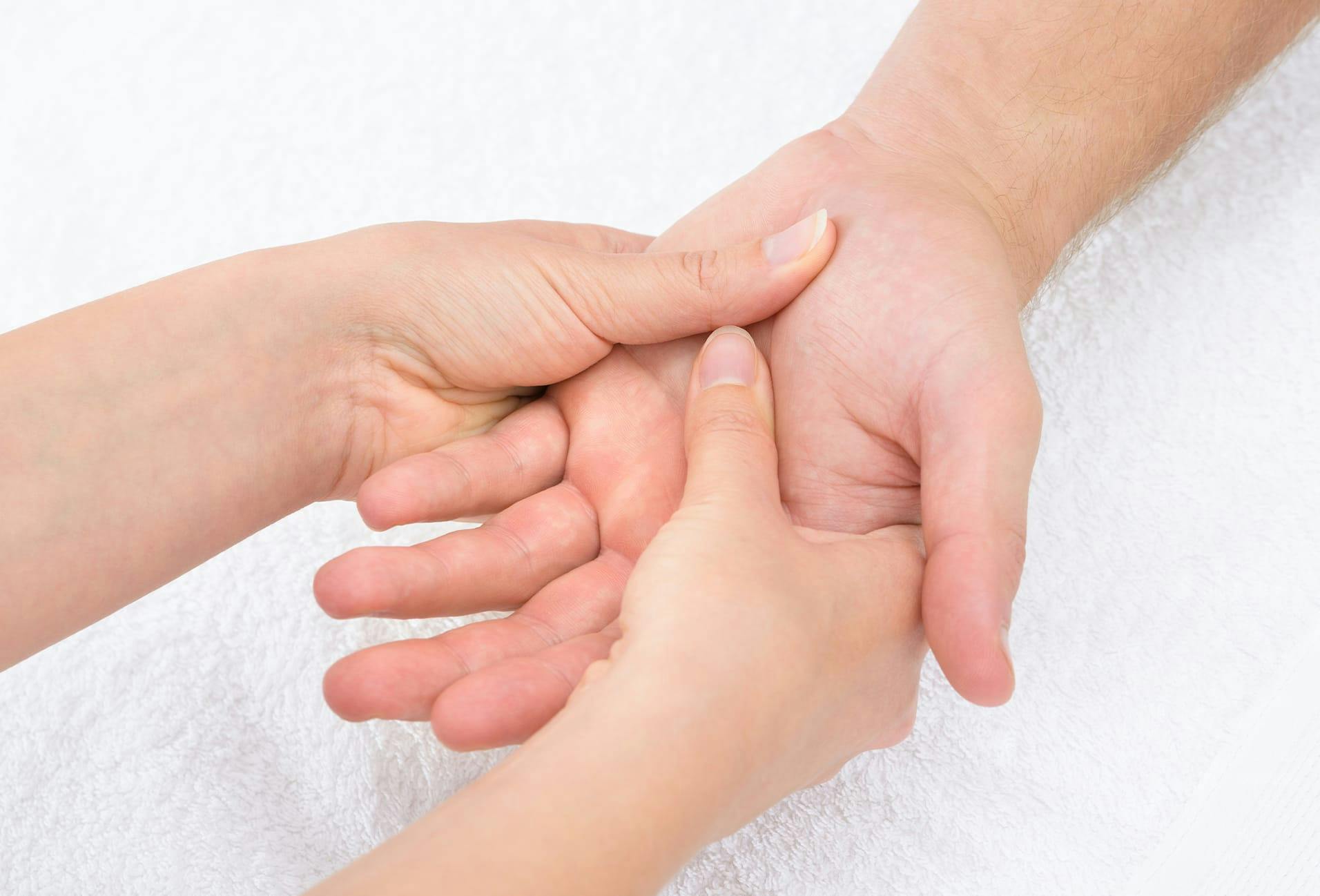Stenosing tenosynovitis, commonly known as “trigger finger” or “trigger thumb.”
What is trigger finger or stenosing tenosynovitis?
Trigger finger/thumb occurs when the pulley at the base of the finger becomes too thick and constricting around the tendon, making it hard for the tendon to move freely through the pulley. Sometimes the tendon develops a nodule (knot) or swelling of its lining. Because of the increased resistance to the gliding of the tendon through the pulley, one may feel pain, popping, or a catching feeling in the finger or thumb (see Figure 2). When the tendon catches, it produces inflammation and more swelling. This causes a vicious cycle of triggering, inflammation and swelling. Sometimes the finger becomes stuck or locked and is hard to straighten or bend.









